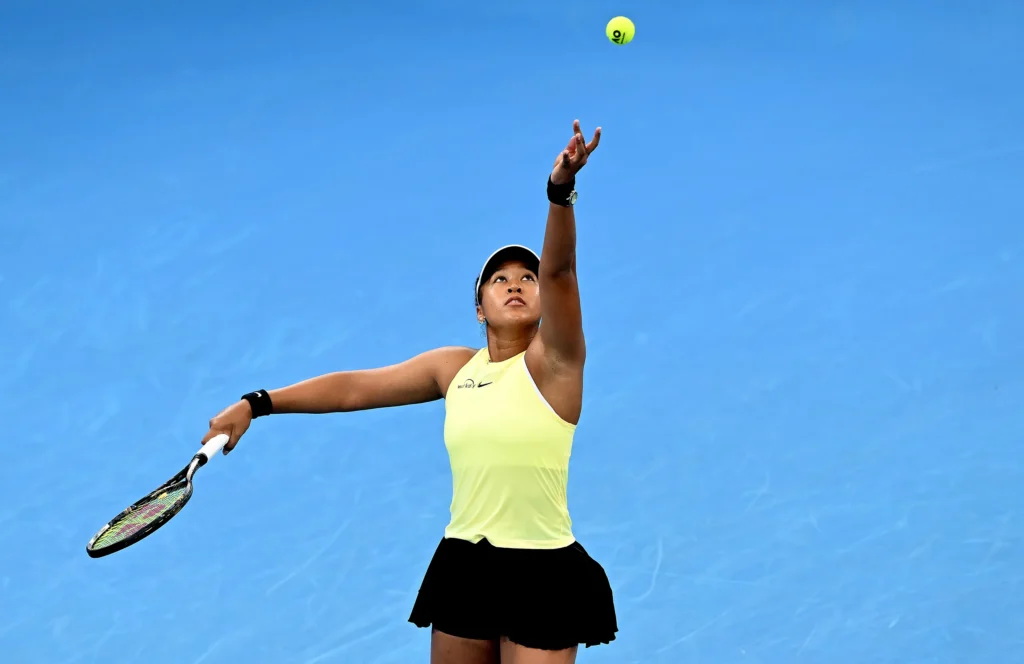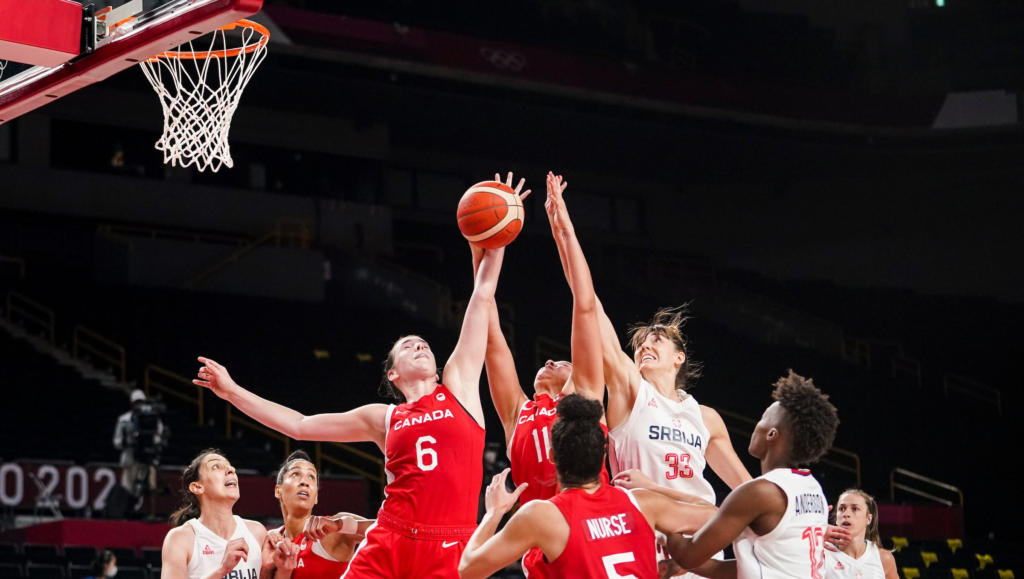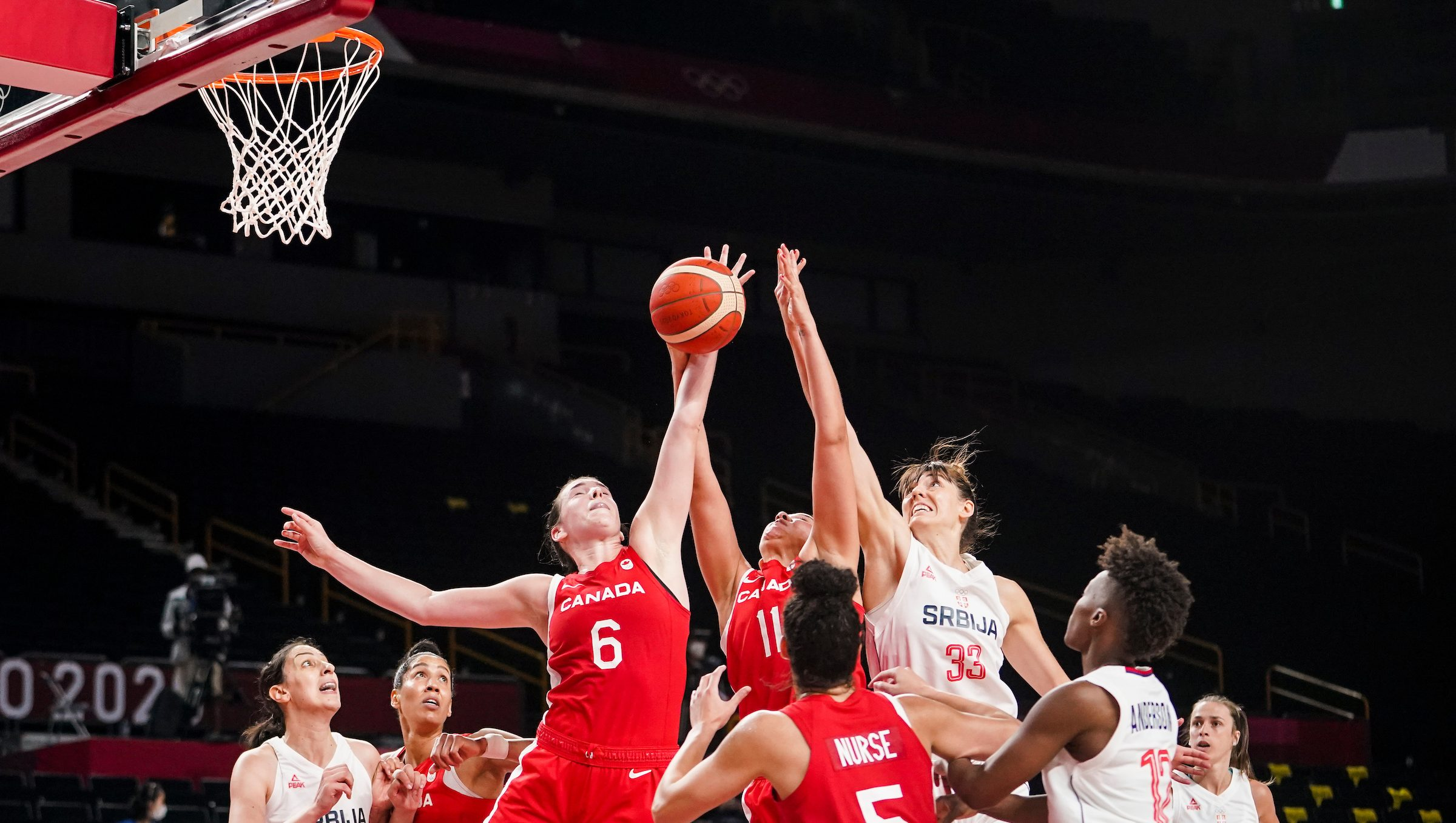Sports have been an integral part of human culture and society for centuries, offering not only physical benefits but also a sense of community, competition, and excitement. From globally popular games to unique regional activities, each sport brings its own set of skills, challenges, and cultural significance. In this blog, we’ll explore five diverse sports, delving into their origins, rules, benefits, and potential drawbacks. Whether you’re a seasoned athlete or a curious beginner, this guide will provide a comprehensive look at these thrilling activities.
1. Soccer (Football): The World’s Most Popular Sport
Overview
Soccer, known as football outside North America, is the most popular sport globally, played by millions of people of all ages. Originating in England in the late 19th century, soccer’s simplicity and minimal equipment requirements have contributed to its widespread appeal.
Basic Rules
- Objective: Score goals by getting the ball into the opposing team’s net.
- Players: Each team consists of 11 players, including a goalkeeper.
- Duration: The game is played in two halves of 45 minutes each, with a 15-minute halftime break.
- Offside Rule: Players must avoid being in an offside position, which occurs when they are closer to the opponent’s goal line than both the ball and the second-to-last opponent when the ball is played to them.
Benefits
- Physical Fitness: Soccer provides a full-body workout, enhancing cardiovascular health, endurance, and coordination.
- Teamwork and Social Skills: Playing soccer promotes teamwork, communication, and camaraderie among players.
- Mental Sharpness: The game requires strategic thinking and quick decision-making, boosting cognitive skills.
Challenges
- Injury Risk: Soccer involves physical contact and rapid movements, which can lead to injuries such as sprains, strains, and fractures.
- Weather Conditions: Playing in adverse weather conditions, like extreme heat or heavy rain, can affect performance and safety.
- Skill Development: Mastering soccer skills, such as dribbling and shooting, requires time and consistent practice.
Cultural Significance
Soccer is more than just a game; it’s a global phenomenon that brings together people from different cultures and backgrounds. Major tournaments like the FIFA World Cup and UEFA Champions League showcase the sport’s universal appeal and create a sense of shared excitement and pride.

2. Tennis: The Elegant Game of Precision and Power
Overview
Tennis is a popular racket sport that can be played individually or in doubles. Originating in France during the late 19th century, tennis is known for its blend of precision, power, and strategy.
Basic Rules
- Objective: Score points by hitting the ball over the net into the opponent’s side of the court in a way that they cannot return it.
- Players: Matches can be singles (one player per side) or doubles (two players per side).
- Scoring: The game uses a unique scoring system: 15, 30, 40, and game point. Winning a set requires winning at least six games with a two-game lead.
- Service: The server must hit the ball into the opponent’s service box to start each point.
Benefits
- Cardiovascular Health: Tennis offers an excellent cardiovascular workout, improving heart health and stamina.
- Mental Agility: The game enhances strategic thinking and concentration, as players must anticipate their opponent’s moves.
- Coordination and Reflexes: Tennis improves hand-eye coordination, agility, and reflexes through fast-paced rallies.
Challenges
- Injury Risk: Common injuries in tennis include tennis elbow, shoulder strain, and ankle sprains due to repetitive motions and sudden movements.
- Cost: Playing tennis can be expensive due to the costs of equipment, court fees, and lessons.
- Weather Dependency: Outdoor tennis is affected by weather conditions, such as wind and rain, which can impact play.
Cultural Significance
Tennis is celebrated for its rich history and prestigious tournaments, such as Wimbledon, the US Open, the French Open, and the Australian Open. These Grand Slam events are renowned for their tradition, high level of competition, and global following.

3. Basketball: The Fast-Paced Court Game
Overview
Basketball is a dynamic sport invented in the United States in 1891 by Dr. James Naismith. Known for its fast pace and high scoring, basketball has become a global sport with widespread popularity and professional leagues.
Basic Rules
- Objective: Score points by shooting the ball through the opponent’s hoop, which is positioned 10 feet above the ground.
- Players: Each team has five players on the court, including positions such as point guard, shooting guard, small forward, power forward, and center.
- Duration: The game consists of four quarters, each lasting 12 minutes, with a halftime break.
- Fouls: Players must avoid committing personal fouls, such as tripping or pushing, which can result in free throws or turnovers.
Benefits
- Physical Fitness: Basketball promotes cardiovascular health, strength, and agility through constant running, jumping, and physical contact.
- Team Collaboration: The game emphasizes teamwork, strategy, and communication, fostering a strong sense of cooperation.
- Skill Development: Basketball improves skills such as dribbling, shooting, and passing, as well as strategic thinking.
Challenges
- Injury Risk: Common injuries include ankle sprains, knee injuries, and finger fractures, often due to rapid movements and physical contact.
- Equipment Costs: Quality basketball shoes and gear can be expensive, although basic play requires minimal equipment.
- Intensity: The fast pace and physical demands of basketball can be challenging for beginners or those with certain physical limitations.
Cultural Significance
Basketball has a profound cultural impact, particularly in the United States, where the NBA is a major professional league. The sport’s influence extends globally, with international competitions and a significant following in many countries.

4. Cycling: The Joy of Pedaling
Overview
Cycling is a versatile sport that can be enjoyed recreationally or competitively. With origins dating back to the early 19th century, cycling encompasses various disciplines, including road racing, mountain biking, and track cycling.
Basic Rules
- Objective: In competitive cycling, the goal is to complete a race course or distance in the shortest time. In recreational cycling, the focus is on enjoyment, fitness, or commuting.
- Disciplines: Road cycling involves racing on paved roads; mountain biking is done on off-road trails; and track cycling takes place on specially designed velodromes.
- Equipment: Cyclists use bicycles equipped with gears, brakes, and appropriate tires for their chosen discipline.
Benefits
- Cardiovascular Health: Cycling provides an excellent cardiovascular workout, improving heart health and endurance.
- Low-Impact Exercise: Unlike high-impact sports, cycling is gentle on the joints, making it suitable for people with joint issues or those recovering from injuries.
- Mental Health: Cycling can reduce stress and improve mood through exposure to the outdoors and physical activity.
Challenges
- Safety: Road cycling involves sharing the road with motor vehicles, which can pose safety risks. Wearing protective gear and following safety guidelines is essential.
- Weather Dependency: Cycling can be affected by weather conditions, such as rain or extreme heat, which may impact comfort and safety.
- Cost: High-quality bicycles and gear can be expensive, though recreational cycling can be enjoyed with more affordable options.
Cultural Significance
Cycling has a rich history and is celebrated in numerous cultures around the world. Major events like the Tour de France and the Giro d’Italia highlight the sport’s competitive aspect, while cycling is also embraced as a sustainable and enjoyable mode of transportation.

5. Martial Arts: The Discipline of Combat
Overview
Martial arts encompass a wide range of combat practices, each with its own techniques, philosophies, and goals. Originating from various cultures, martial arts include disciplines such as Karate, Judo, Taekwondo, and Brazilian Jiu-Jitsu.
Basic Principles
- Technique and Form: Martial arts focus on developing precise techniques, including strikes, kicks, and grappling maneuvers.
- Discipline and Respect: Practitioners adhere to principles of discipline, respect, and self-control, which are integral to martial arts training.
- Training: Martial arts training involves physical conditioning, technique practice, and often sparring or competition.
Benefits
- Physical Fitness: Martial arts improve strength, flexibility, coordination, and overall fitness through rigorous training and practice.
- Self-Defense Skills: Practicing martial arts equips individuals with practical self-defense techniques and enhances personal safety.
- Mental Focus: The discipline required in martial arts fosters mental focus, resilience, and stress management.
Challenges
- Injury Risk: Physical contact and high-intensity training can lead to injuries, such as bruises, strains, and joint issues.
- Learning Curve: Mastering martial arts techniques requires dedication and time, as progress can be gradual.
- Intensity: Training can be physically demanding and may not be suitable for everyone, particularly those with certain health conditions.
Cultural Significance
Martial arts have a profound cultural impact, often reflecting the traditions and philosophies of their countries of origin. They are celebrated not only for their combat effectiveness but also for their contributions to personal development and cultural heritage.
Verdict
Choosing the right sport depends on your interests and goals. Soccer offers global appeal and teamwork, tennis combines elegance with skill, basketball provides fast-paced excitement, cycling is great for low-impact fitness, and martial arts offer discipline and self-defense. Each sport has unique benefits and challenges, so pick one that matches your personal preferences and lifestyle.




